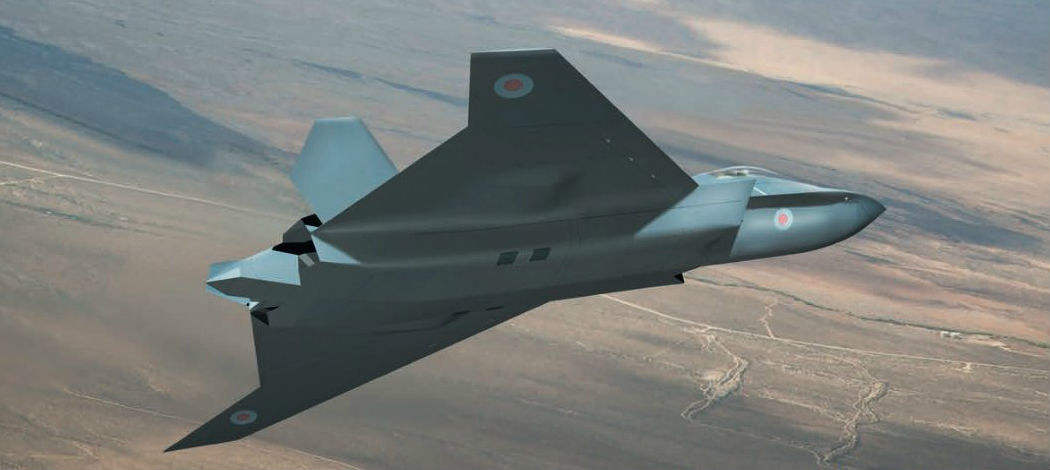Three months after France and Germany joined forces to develop the Future Combat Air System, the UK is making it clear that it has no intention of sitting on the sidelines of next-generation fighter development efforts in Europe.
Three months after France and Germany joined forces to develop the Future Combat Air System (FCAS), the UK has unveiled its own concept, taking the wraps off a full-scale mockup of the next-generation Tempest fighter on display at the show and launching a new Combat Air Strategy.
Dassault Aviation and Airbus formally agreed in April to join forces on Europe’s FCAS, which is slated to complement and eventually replace the current generation of Eurofighter and Rafale fighter aircraft between 2035 and 2040.
Announcing the publication of the new Combat Air Strategy at the Farnborough International Airshow, UK Defence Secretary Gavin Williamson said he had taken action to strengthen the UK’s role as a global leader in the sector and to protect key skills across the UK industrial base.
The concept aircraft has been put together by British firms including BAE Systems, Leonardo, MBDA and Rolls-Royce, which have joined together with the RAF Rapid Capabilities Office to form ‘Team Tempest’ to pursue the opportunity.
The Strategy outlines the way in which the UK plans to acquire future Combat Air capabilities to maximise the overall value the UK derives from the sector. The framework seeks to balance military capability, international influence, and economic and prosperity benefit along with the overall cost.
The MoD plans to set up a dedicated team to deliver the combat air acquisition programme. They will deliver a business case by the end of the year, and have initial conclusions on international partners by next summer – with engagement with potential partners beginning immediately.
Early decisions around how to acquire the capability are due to be confirmed by the end of 2020, before final investment decisions are made by 2025. The aim is for a next-generation platform to have operational capability by 2035.

